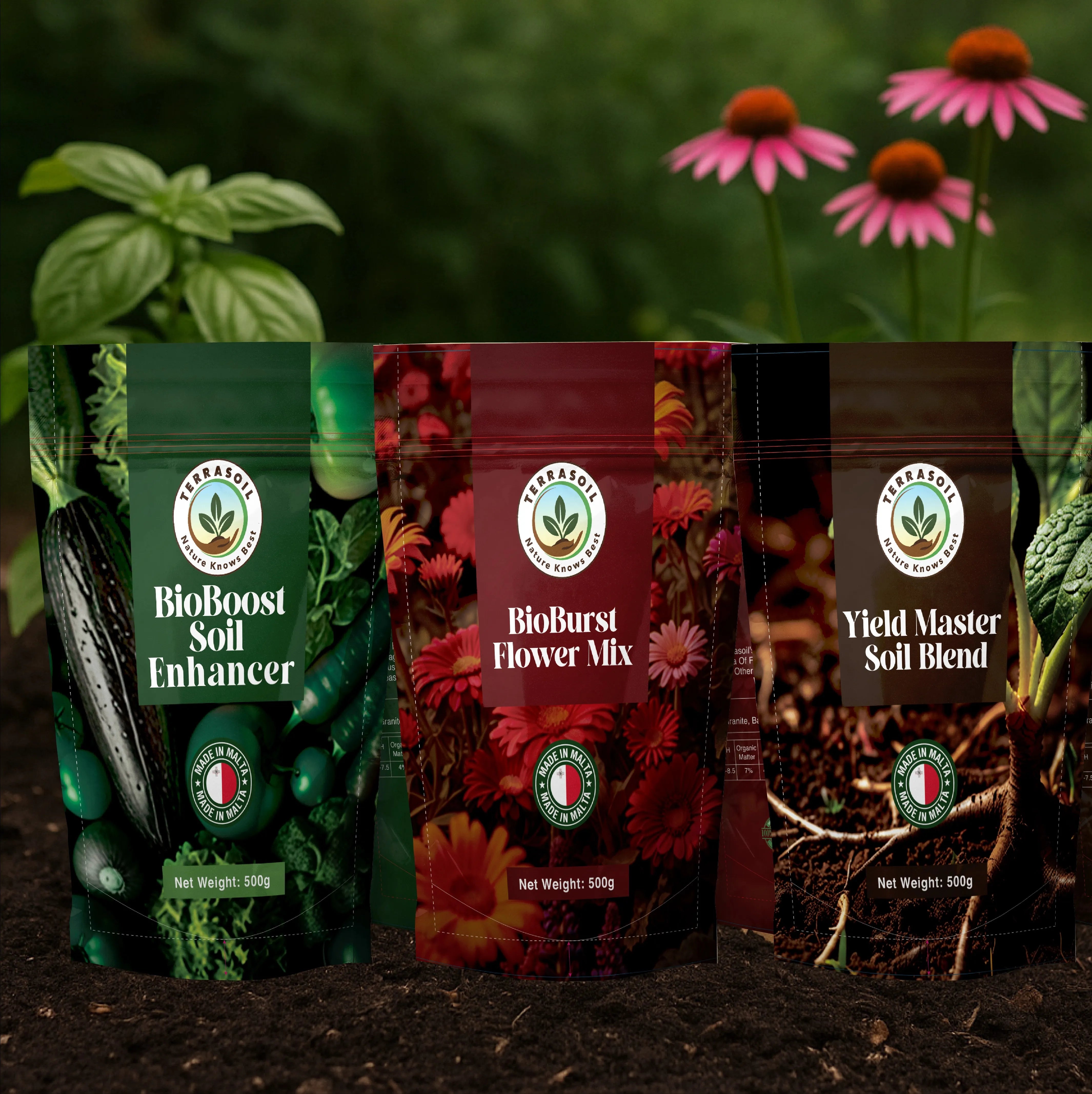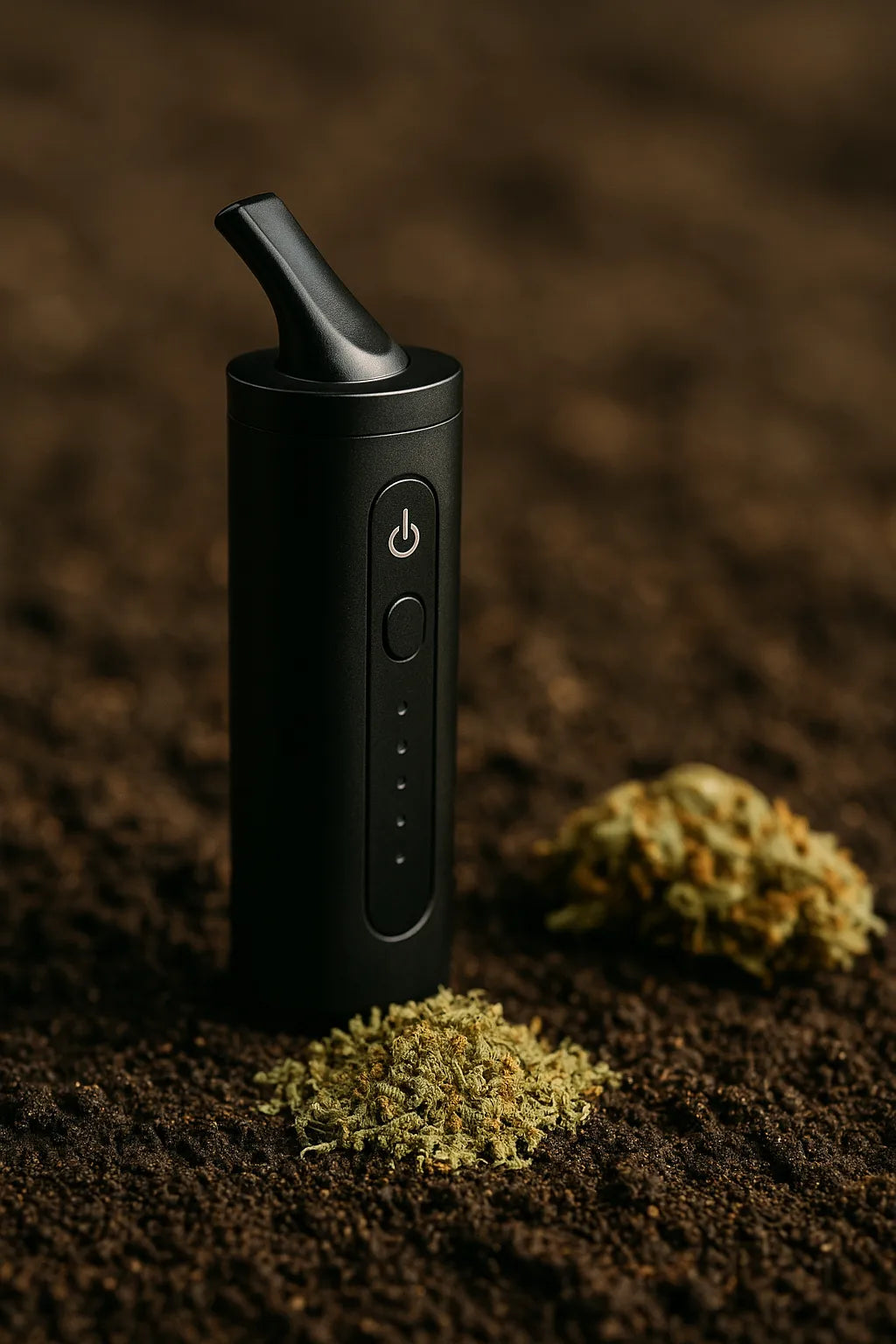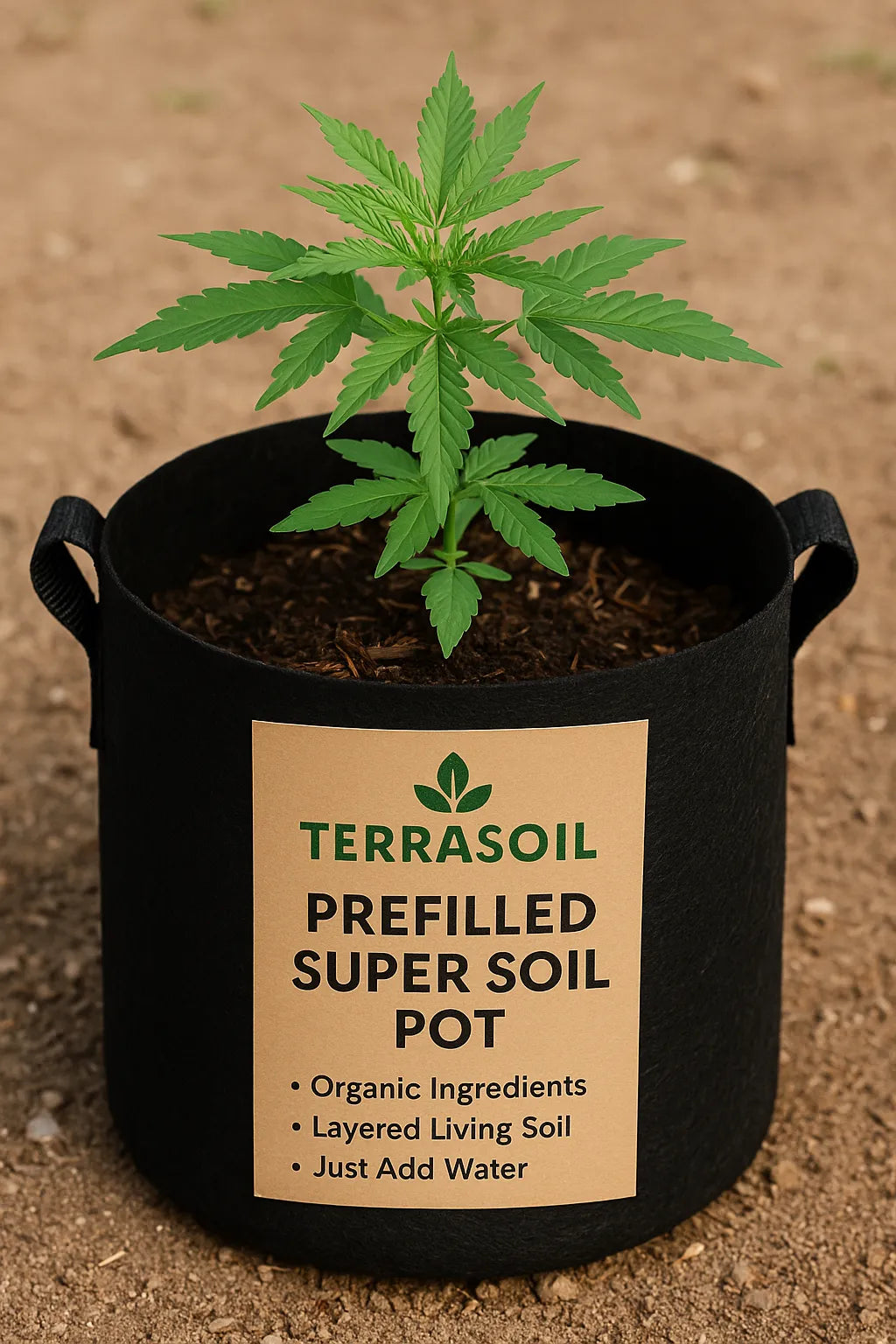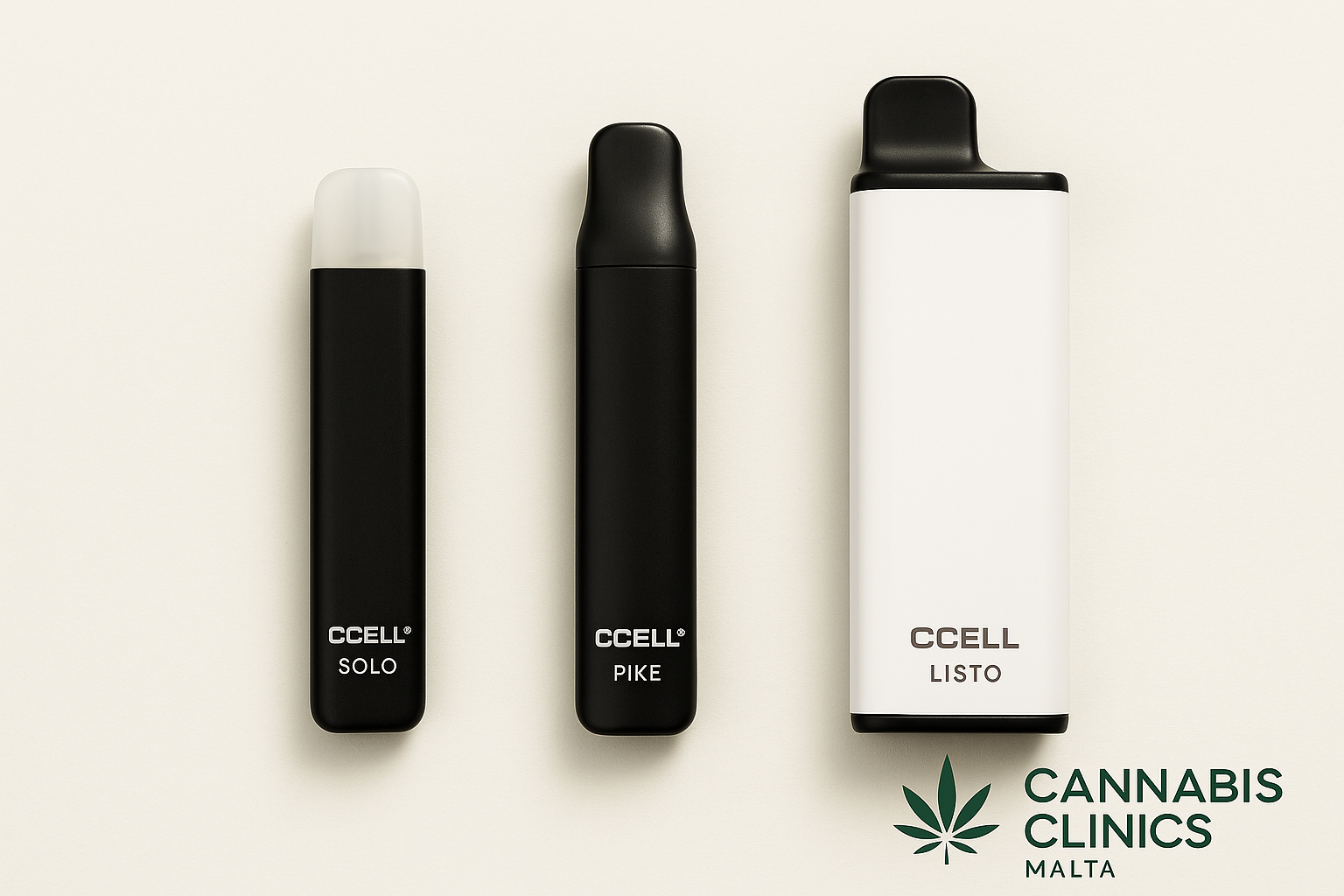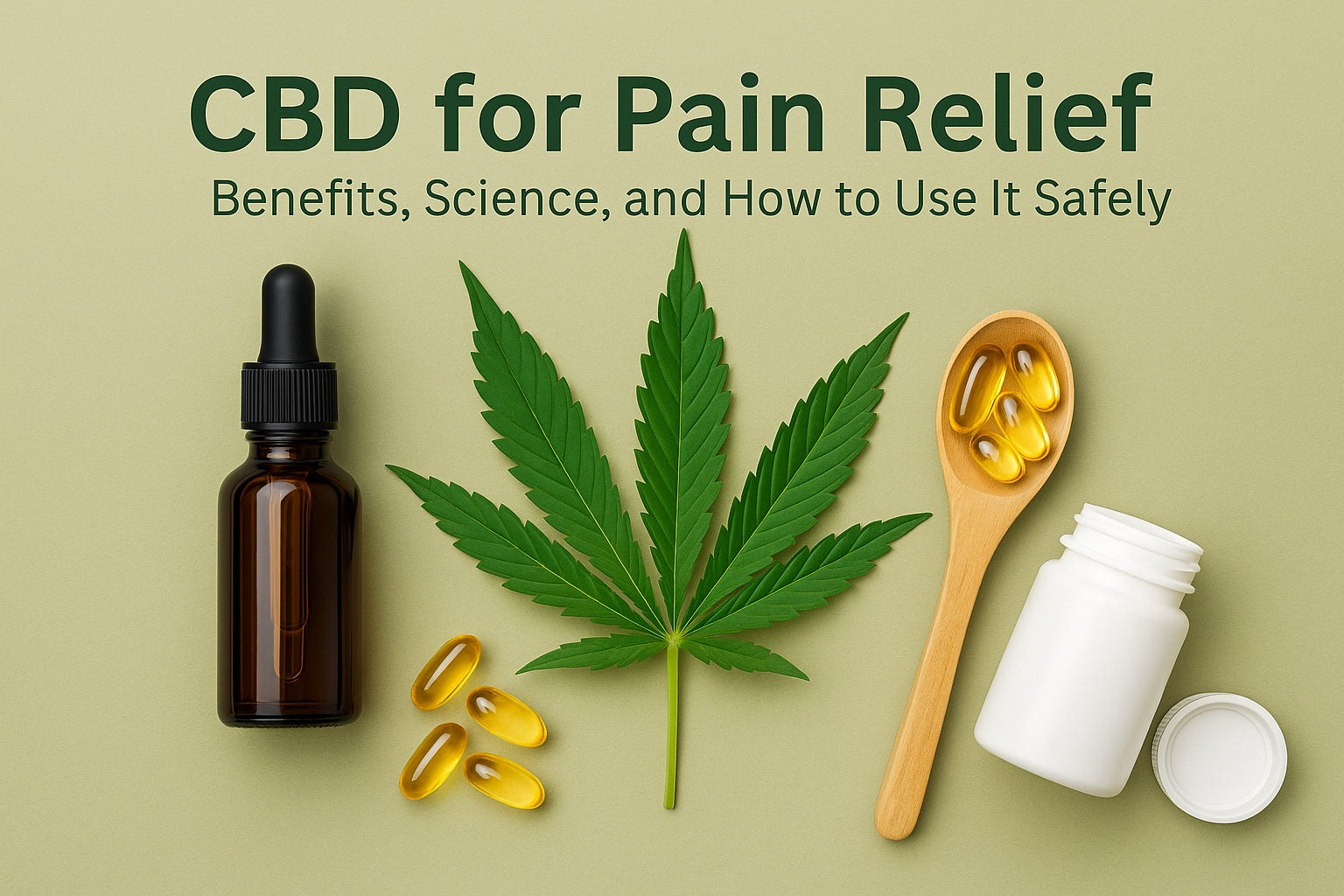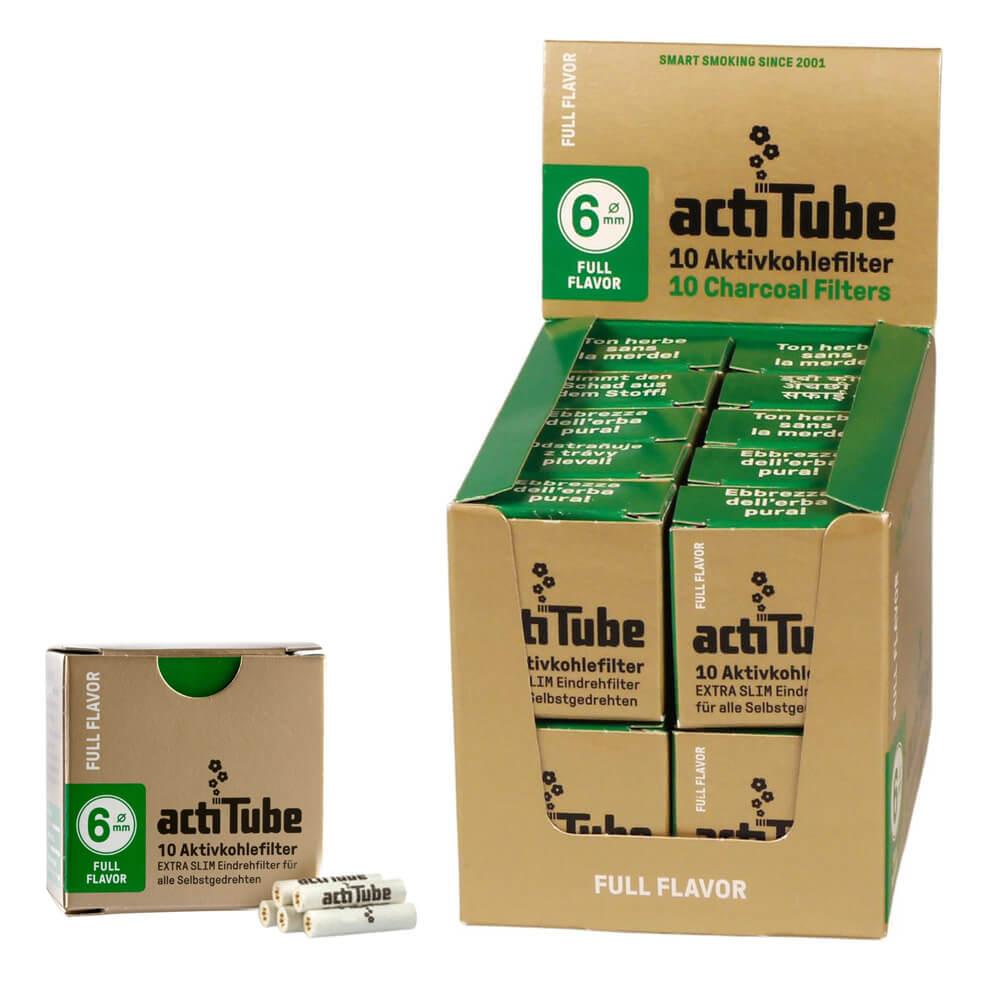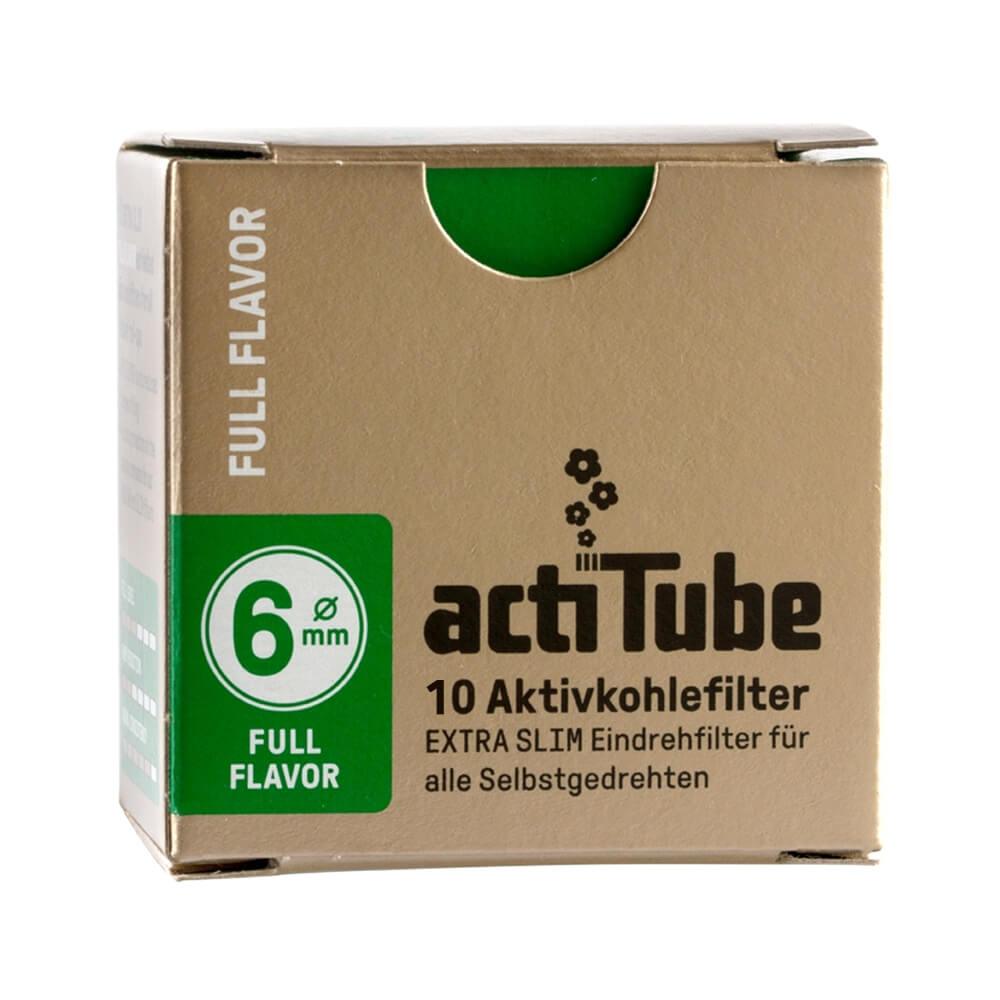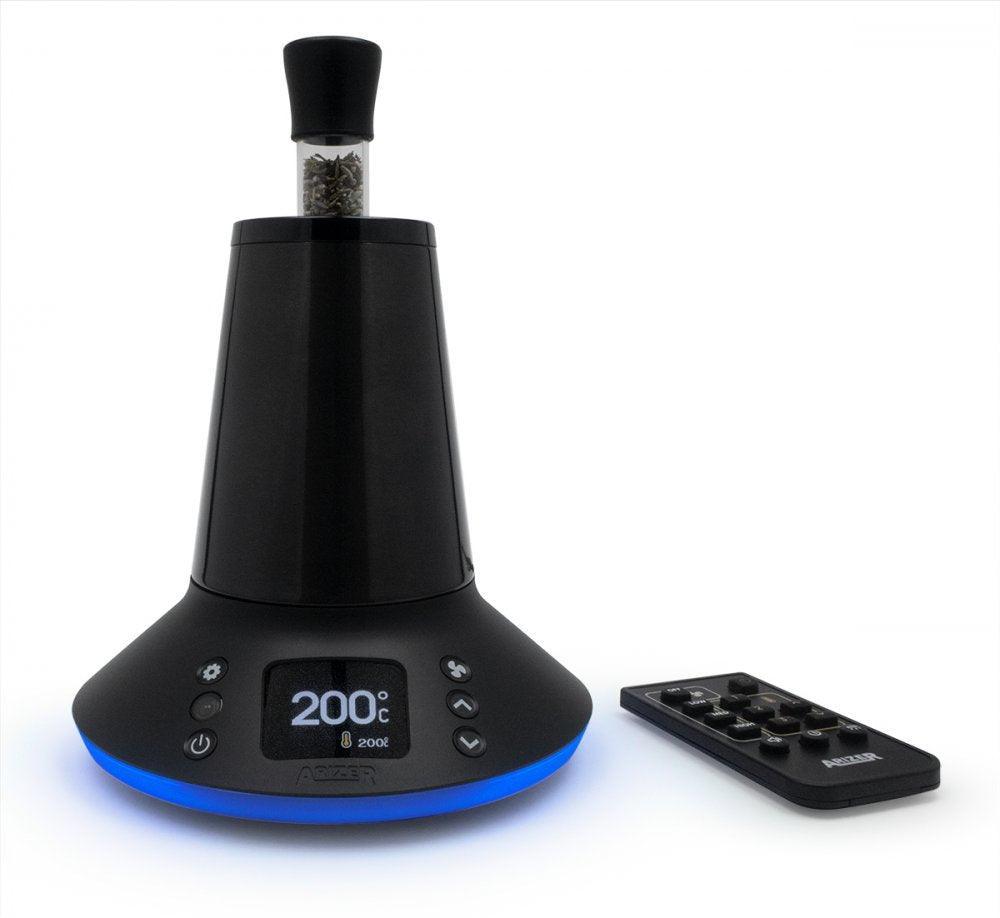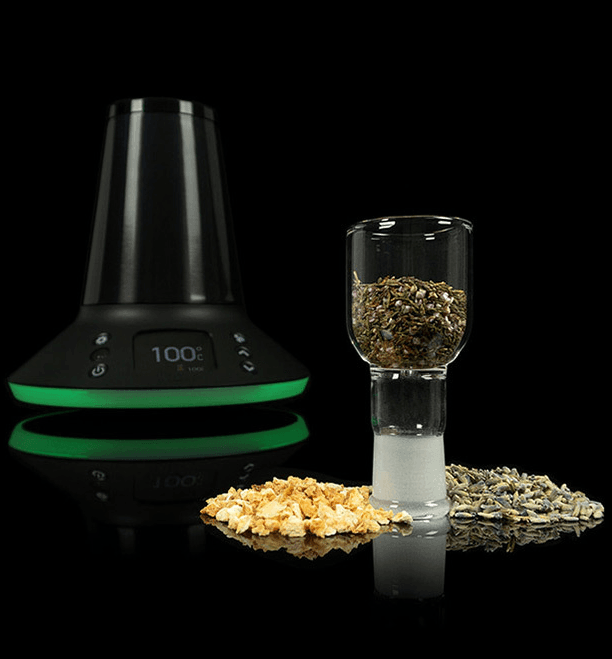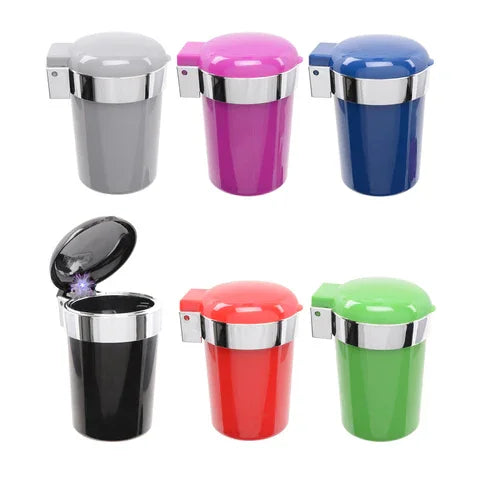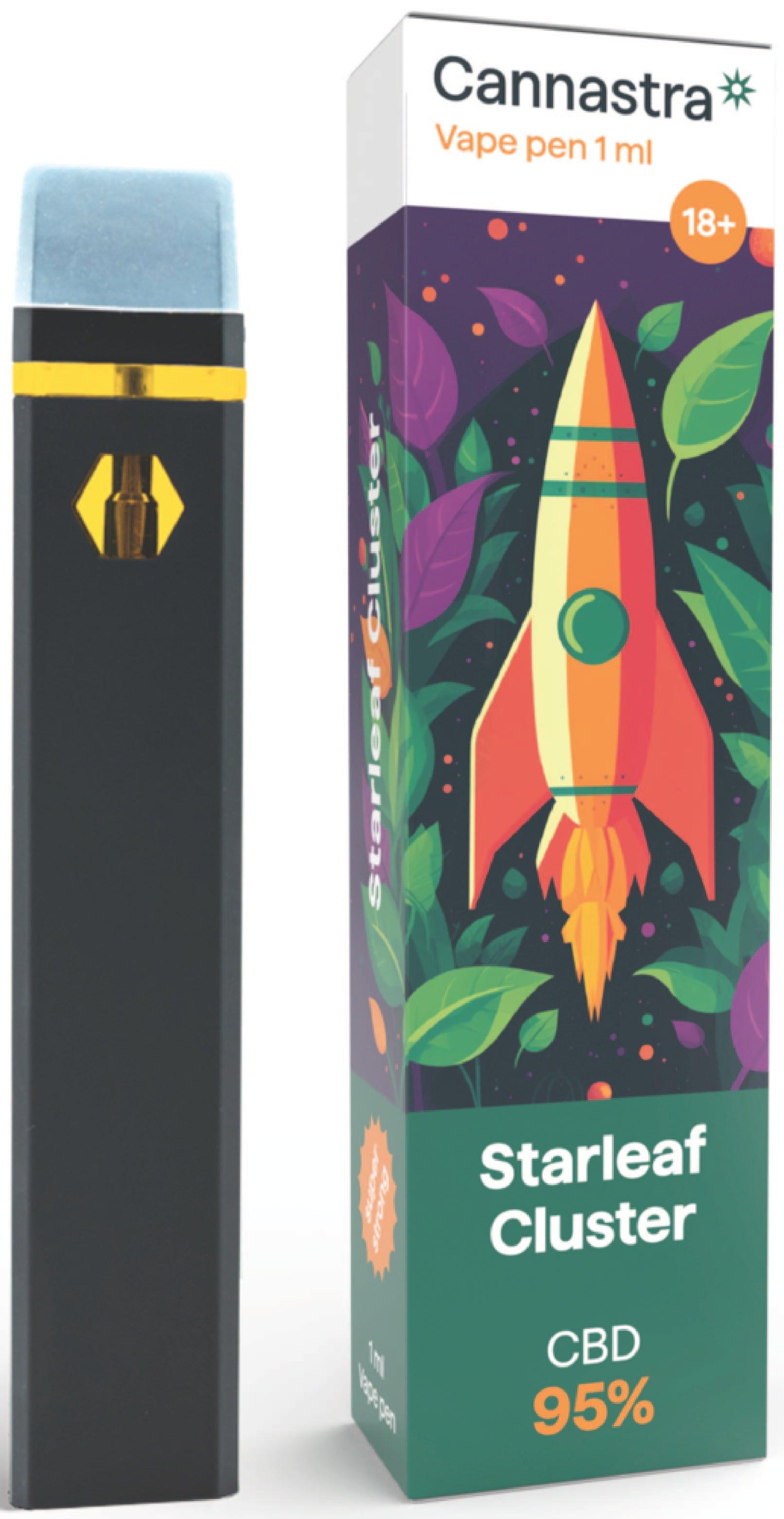Overview
Successful plant establishment is more than just putting a seed in soil—it’s a step-by-step process that begins with transplanting delicate seedlings and continues through early growth stages, where careful nutrient management plays a critical role. This guide provides clear, actionable advice to help you nurture your plants from their early days to a robust, thriving life.
Transplanting: Setting the Stage for Growth
Timing and Preparation:
- Ideal Time: Transplant seedlings when they have developed a few sets of true leaves and the outdoor conditions are suitable (usually after the last frost date).
- Hardening Off: Before transplanting, gradually expose seedlings to outdoor conditions over a week. This process, known as hardening off, helps them acclimate to sunlight, wind, and varying temperatures.
Planting Technique:
- Spacing: Ensure adequate spacing to avoid overcrowding, which can limit air circulation and lead to disease.
- Depth: Plant seedlings slightly deeper than they were in their containers. This encourages the development of additional roots along the buried stem, leading to a stronger plant foundation.
Early Growth: Laying the Groundwork
In the early stages, plants focus on establishing a strong root system and producing their first sets of leaves. During this time, it’s important to monitor:
- Watering: Consistent moisture is key, but avoid waterlogging, which can stress the roots.
- Sunlight: Ensure that your plants receive enough sunlight to fuel photosynthesis and energy production.
- Weed Management: Keep the area around your seedlings free of weeds to reduce competition for water and nutrients.
Nutrient Management: Feeding for Success
Proper nutrient management during early growth is critical for ensuring vigorous development and long-term health. Here are some essential points:
1. Balanced Fertilization
- Starter Fertilizers: Use a starter fertilizer that is rich in phosphorus and potassium, which promote root development and overall plant strength. Avoid excessive nitrogen at this stage, as it can lead to overly lush foliage with weak stems.
- Slow-Release Options: Consider using slow-release fertilizers to provide a steady supply of nutrients over time. This can help prevent nutrient burn and reduce the need for frequent applications.
2. Soil Testing and pH Adjustment
- Testing Your Soil: Regular soil tests help determine the levels of key nutrients and pH. Many extension services offer testing kits and advice on interpretation.
- pH Balance: Most vegetables and flowering plants thrive in a slightly acidic to neutral soil (pH 6.0–7.0). Amend your soil based on test results—lime can raise pH, while sulfur can lower it.
3. Organic Matter and Micronutrients
- Composting: Adding organic matter, such as compost or well-rotted manure, improves soil structure, water retention, and provides a slow-release source of nutrients.
- Micronutrients: Don’t overlook essential micronutrients (like magnesium, calcium, and iron). These elements, though required in smaller amounts, are critical for plant development and stress resistance.
4. Monitoring and Adjustments
- Visual Cues: Healthy plants will exhibit vibrant leaves and steady growth. Signs of nutrient deficiency (such as yellowing or stunted growth) should prompt a review of your fertilization strategy.
- Adjustments Over Time: As plants grow, their nutrient needs will change. Consider periodic re-assessment and adjustments to your nutrient management plan.
Backed by Research:
These nutrient management practices are supported by information available from agricultural extension services and research institutions. For example, university extension programs provide detailed guidelines on balanced fertilizer use, soil testing procedures, and organic matter benefits, making them excellent resources for both beginners and experienced growers.
Conclusion
From transplanting your seedlings to managing the essential nutrients during early growth, each step is crucial for setting your plants up for long-term success. By following the guidelines above, you can ensure that your garden or farm not only survives but thrives. For more detailed, research-backed information on nutrient management, consider exploring resources from reputable agricultural extensions and expert gardening websites.
This guide is designed to be both informative and easy to understand, ensuring that whether you’re a seasoned gardener or just starting out, you have the essential tools to help your plants flourish.



